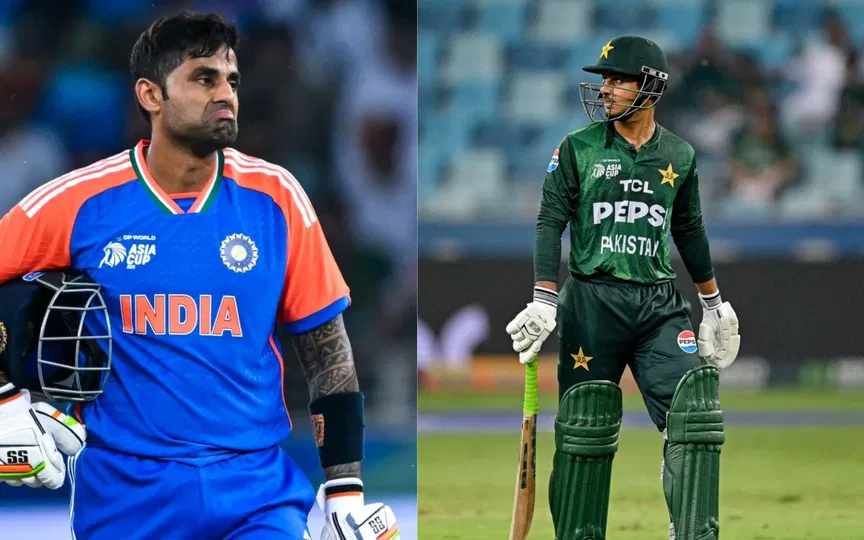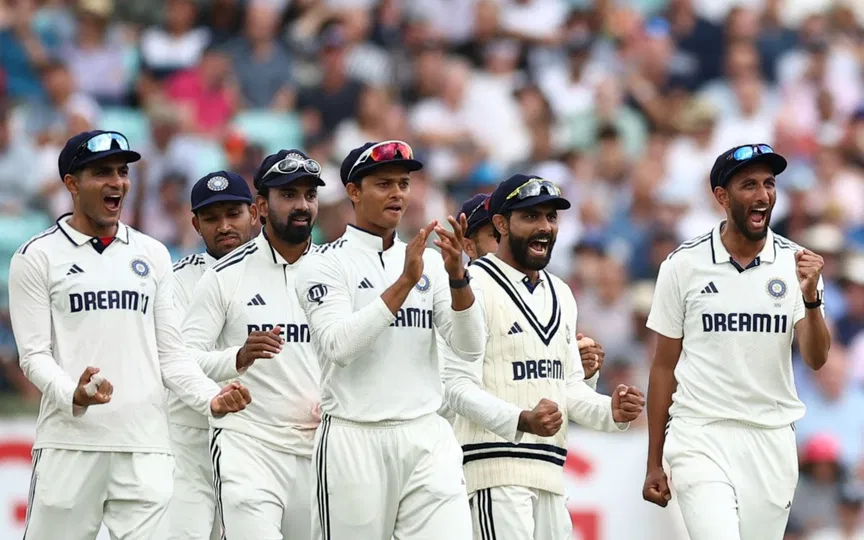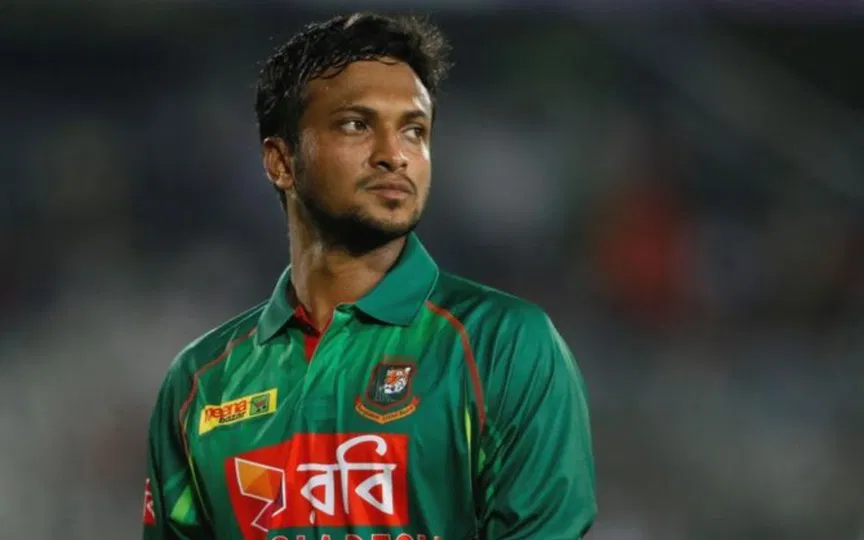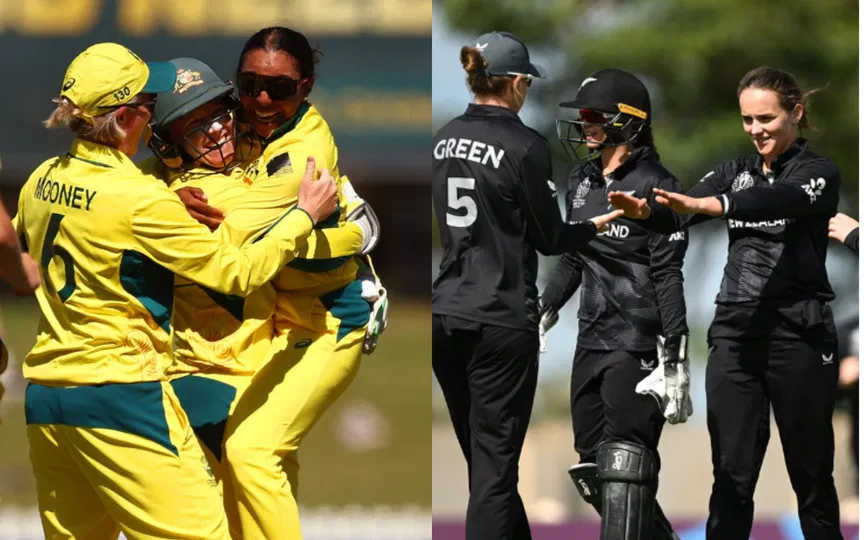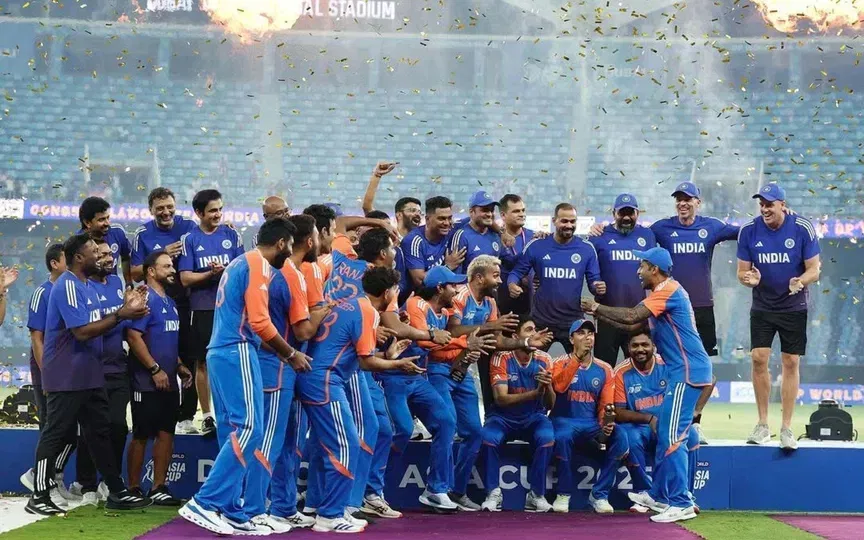.jpg?type=hq) Tilak Varma and Sanju Samson (Source: AFP)
Tilak Varma and Sanju Samson (Source: AFP)
The 17th edition of the Asia Cup 2025 concluded in thrilling fashion at the Dubai International Cricket Stadium on Sunday, with India securing the trophy by defeating Pakistan in a high-octane final. The tournament delivered on all fronts, with nail-biting finishes and individual brilliance.
With the Asia Cup 2025 completed, in this article at OneCricket, let's take a look at 'Player of the Tournament XI' featuring the standout performers who made their presence felt throughout the prestigious tournament.
Top-order: Abhishek Sharma, Pathum Nissanka, Litton Das
1. Abhishek Sharma (India)
- Matches: 7
- Runs: 314
- Average: 44.85
- Strike Rate: 200
India’s batting sensation, Abhishek Sharma, was in remarkable form at the top of the order. The star batter played aggressively in the powerplay and was the most consistent player in the tournament. He was in top-notch form and played game-defining knocks against all the teams. For his stellar form, he earned the Player of the Tournament award as well.
2. Pathum Nissanka (Sri Lanka)
- Matches: 6
- Runs: 261
- Average: 43.50
- Strike Rate: 160.12
The stylish Sri Lankan opener continued to anchor for his team’s batting lineup. He scored a crucial century against India in the Super Four match (107 runs off 58 balls) and also provided strong starts to ensure Sri Lanka remained competitive despite not reaching the final.
We have selected Pathum Nissanka over Pakistan's Sahibzada Farhan because he has the ability to rotate strike and attack. Another factor is that Farhan had a lower strike rate (116.04) than Nissanka (160.12) despite playing more matches.
3. Litton Das (Bangladesh - Captain)
- Matches: 4
- Runs: 119
- Average: 29.75
- Strike Rate: 129.34
As the captain of the Tournament, we have gone with Litton Das instead of Suryakumar Yadav. SKY might have taken India to win with his remarkable captaincy, but what went wrong for him was his personal performance in the tournament.
Litton Das, on the other hand, had the best tournament among all captains, although Bangladesh did not make it to the finals.
He missed two matches of the tournament due to injury (against India and Pakistan), and it is worth noting that Bangladesh struggled as a team in the matches which Litton wasn't a part of. His inspirational leadership helped the Tigers beat Afghanistan and Sri Lanka until an injury sidelined him. Surya had India's star-studded lineup, but Litton ensured Bangladesh punched above their weight and were alive in the tournament until their batting collapse against Pakistan.
Middle Order: Tilak Varma, Sanju Samson, Shivam Dube, Mohammad Nawaz
4. Tilak Varma (India)
- Matches: 7
- Runs: 213
- Average: 71.00
- Strike Rate: 131.48
Tilak Varma showcased immense maturity for his age. His unbeaten 69 in the final against Pakistan under pressure was one of the finest knocks of the tournament, helping India recover from a mini-collapse. Calm, composed, and clinical, he was star performer in India’s middle order.
5. Sanju Samson (India – WK)
- Matches: 6
- Runs: 132
- Strike Rate: 125+
Initially slotted into an unfamiliar middle-order role, Sanju Samson adapted brilliantly. With gloves and bat, he added value, often forging crucial partnerships when wickets fell. His understanding with Tilak Varma and Shivam Dube in crunch moments gave India an edge. While alternatives existed, Samson’s overall impact, especially in the final and Super Four, was decisive.
6. Shivam Dube (India)
- Matches: 7
- Batting: 112 runs
- Bowling: 5 wickets, Econ 7.77
Shivam Dube proved to be India’s silent MVP. Stepping up in the absence of Hardik Pandya in the final, Dube’s all-round exploits a brisk 33* in the final and disciplined bowling, gave India vital balance. His under-the-radar performances allowed the gave management sigh of relief, knowing a dependable option was available in both departments.
7. Mohammad Nawaz (Pakistan)
- Matches: 7
- Runs: 113
- Wickets: 2
- Economy: 7.25
Although not flashy, Mohammad Nawaz delivered when it mattered. His quick-fire 38* against Sri Lanka kept Pakistan alive in the Super Four, and his versatility with bat and ball gave 'Men In Green' flexibility in team balance.
Bowling
8. Shaheen Afridi (Pakistan)
- Matches: 7
- Wickets: 10
- Batting: 83 runs
While known for his pace, Shaheen Afridi’s surprise contributions with the bat were game-changing. A crucial 33* against India and several lower-order cameos made him Pakistan’s X-factor. On the bowling front, he remained their most reliable option, scalping the most wickets for his side.
Why not Jasprit Bumrah?
While Bumrah had impactful spells, Shaheen offered a dual-threat with both bat and ball. Bumrah's bowling was not up to the mark in the Asia Cup 2025.
9. Wanindu Hasaranga (Sri Lanka)
- Matches: 6
- Wickets: 8
- Economy: 6.50
- Average: 19.50
A consistent performer, Hasaranga remained Sri Lanka’s most dependable bowler in the middle overs. His variations made this difficult for the batters, and he also provided regular breakthroughs.
10. Kuldeep Yadav (India)
Matches: 6
Wickets: 17
Average: 9.29
Economy: 4.80
The tournament’s highest wicket-taker, Kuldeep Yadav, was India’s trump card. His success in the middle overs set up India's wins by restricting teams or breaking key partnerships. In the final of the Asia Cup 2025, Kuldeep Yadav also played a crucial role and took 4 wickets.
11. Mustafizur Rahman (Bangladesh)
- Matches: 6
- Wickets: 9
- Economy: 7.43
Despite Bangladesh’s inconsistency, Mustafizur delivered in key moments. His 3-wicket hauls against Afghanistan and Sri Lanka were instrumental for Bangladesh. His slower balls and yorkers made him a tough prospect, especially in the death overs in the Asia Cup 2025.
OneCricket’s Asia Cup 2025 Team of the Tournament
Abhishek Sharma, Pathum Nissanka , Litton Das (C), Tilak Varma, Sanju Samson (WK), Shivam Dube, Mohammad Nawaz, Shaheen Afridi, Wanindu Hasaranga, Kuldeep Yadav, Mustafizur Rahman
